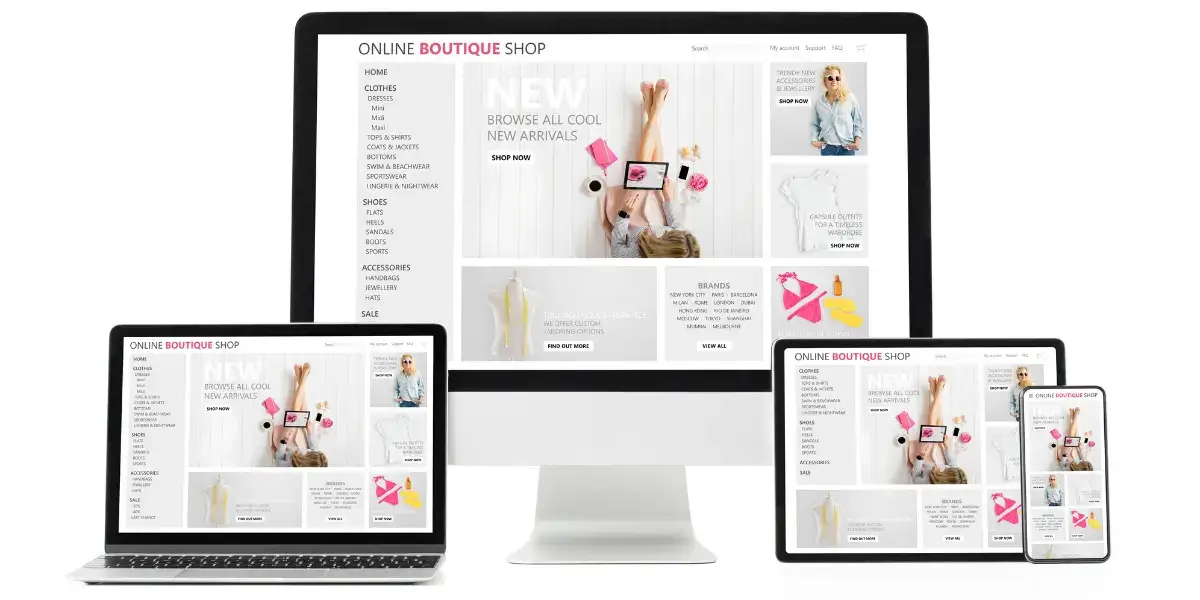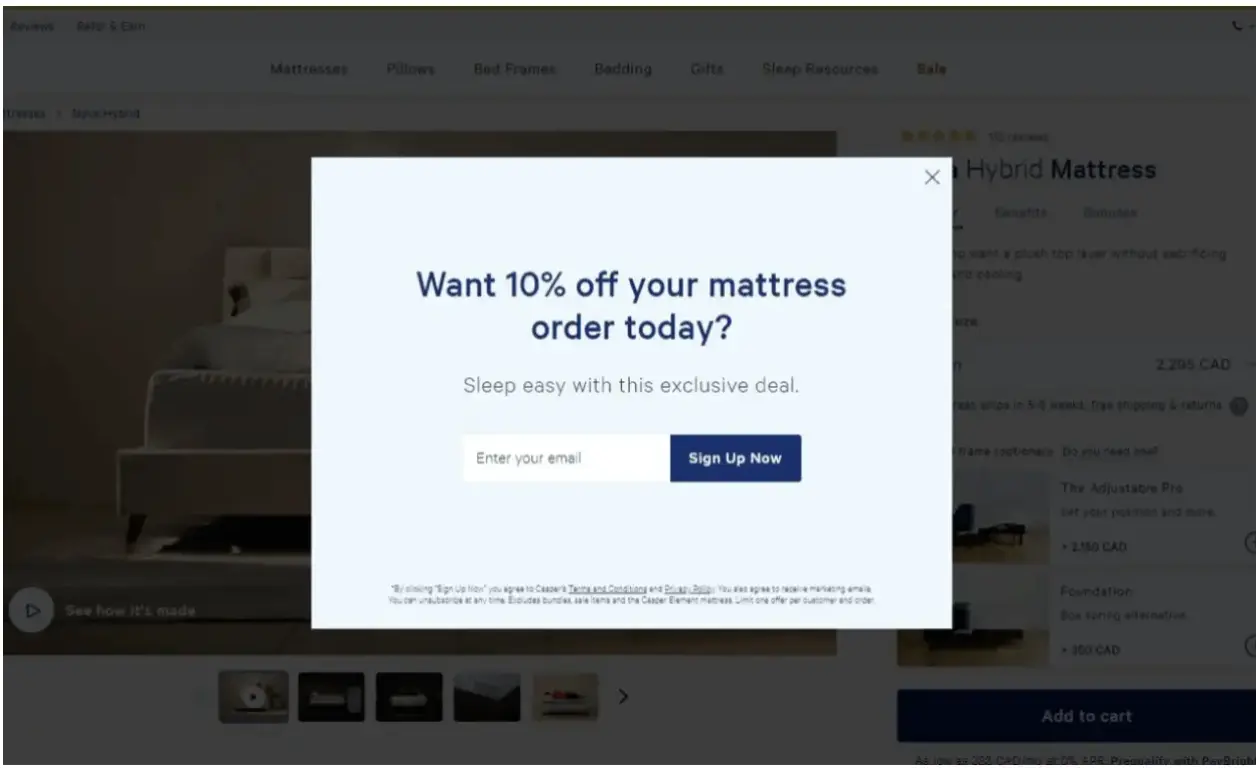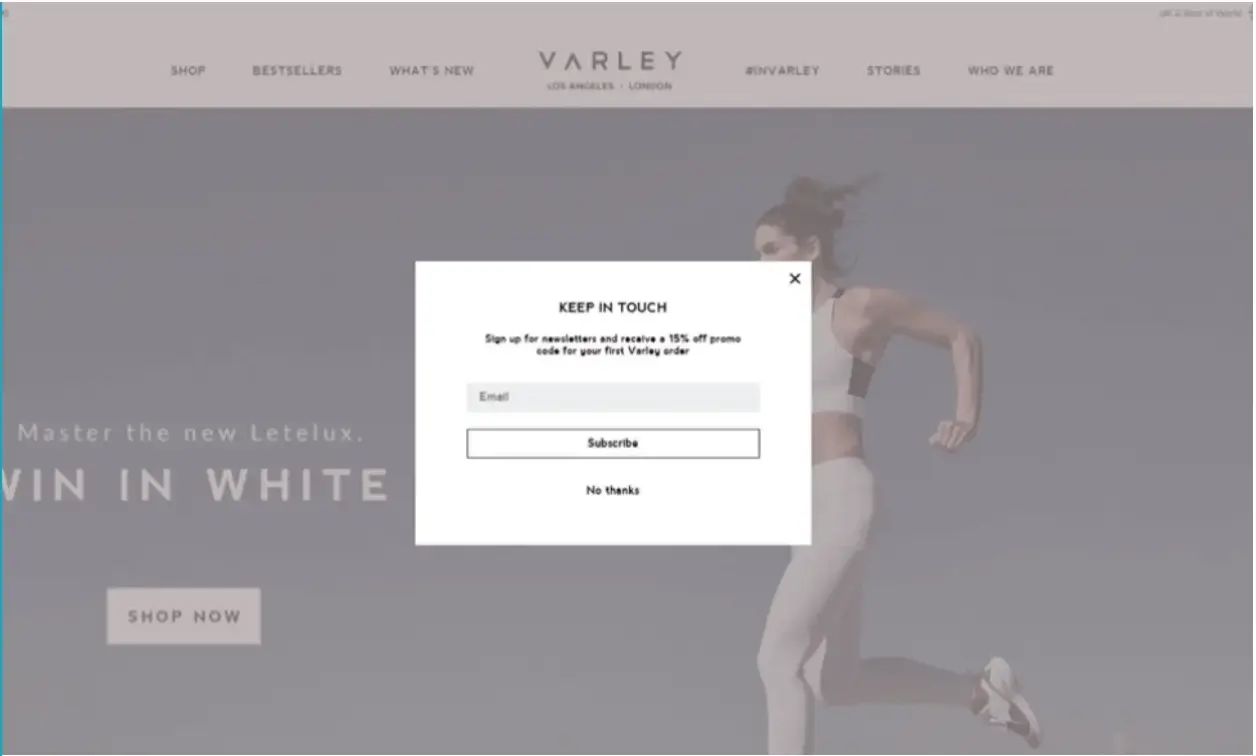A popup form is a small window that appears or pops up while browsing a website. Digital marketers frequently use popups for advertising and generating leads. But, are they effective?
When designed well, it can enhance your audience’s page visit by assisting and moving them down the sales process. Most popup forms can be created by using a popup creator tool.
What Does A Pop-Up Do?
A popup form allows you to convert audience views on your website into more qualified marketing leads. These people show great interest in your brand or product, making them potential clients or buyers.
Main Functions of a Pop-Up Form
- Generating new subscribers
- Featuring specific content
- Reducing bounce rate
Further reading:
- Creating a Popup Marketing Strategy
- How To Grow Your Email List With Popup Forms
- 3 Useful Tips for Using Popups Without Hurting SEO

1. Generating new subscribers
If your website has many visitors and you wish to reach out to them, placing a popup subscription form where they can leave their email addresses.
By doing this, you can establish communication between them and your brand. It helps you add more users to your mailing list, connect with your audience through email, and quickly turn viewers into buyers.
2. Featuring specific content
Though the purpose of a popup is to generate leads, you can feature other products, articles, or materials relevant to the page your viewer is on.
This will provide your viewers with additional information and link supporting topics with each other.
Implementing these types of pop-ups is actually quite easy to do. For instance, SendPulse lets you create a pop-up that can be triggered by a specific customer’s action on your website page.
For example, if a user is reading an article about appliances and kitchen tools for home baking, it can be helpful to provide a video guide on baking basics at home.
3. Reducing bounce rate
Bounce rate is a metric that shows you how fast a user leaves your website.
To minimize bounce rate, many digital marketers use popups, asking to share an email address, a phone number, or other information to promote further communication.
These pop-ups usually appear when a viewer is about to close the tab or exit the website. We discuss this more below.

The Two Main Types Of Popup Forms
There are two significant groups of popup forms:
- Entry Pop-Ups
- Exit Pop-Ups
These groups differ in navigation, size, and the timing, not so much in design or location.
These pop-ups may appear immediately once a user visits a website, or they can appear before the content of the website loads entirely.
What are Entry Pop-Ups?
Entry pop-ups are the small boxes that appear when you visit a website for the first time. They are also sometimes called timed popups, and you will usually only see them once.
These are best used for gathering emails, promoting upcoming sales, or announcing event ticketing & registration or new product release.
Unlike its predecessors, modern entry popups don’t take up too much space, as they don’t overlay the full content of a page. It also allows users to close the pop-up without entering any information and continue browsing.
You can choose how long to delay your popup from instantly to as long as you want. Research and testing has proven that between 30 - 60 seconds is optimal.
What are Exit Pop-Ups?
Also called exit-entry pop-ups, these are popups that appear just before you leave a website. These types of pop-ups seem to be the most user-friendly, because they don't interrupt the viewing of your site visitor.
These are most commonly used for promoting discounts because it's the perfect time to make them an offer to keep them on your page.
They are a proven driver of new sales and conversions, reducing bounce rate, and improving your session time.
For example, exit popup surveys on your website are a great way to collect contextual feedback from customers and understand why they are leaving.
Using these in conjunction with Net Promoter Score survey tools can give you a better understanding of how your customers rate the experience they have with your website and brand.
How Do I Get the Best Pop-Up Performance?
We've got you covered if you’re looking into the know-how of using popup forms. Here is some general advice that might help you with that:
- Popups work well if you do not overuse them – only use them when necessary.
- Popups have the conventional notion of being annoying to users, so consider that in your strategy.
- Be thoughtful in what you are offering in your popup. Make it worth their while to click.
- Work around the viewer's attention and strive to enrich their experience instead of interrupting it.
- Run experiments with different time frames for it to appear.
- Design your popups for mobile devices.
Good mobile popups are crucial for leveraging mobile traffic. Responsive popups designed for a desktop version of your website may not be as effective on mobile.
To avoid this, you’d need to create a tailor-made mobile-first version, which then actively adapts itself to the desktop version of your website.
Further reading:
- Definitive Guide - Digital Marketing Strategy for Small Businesses
- What are the Steps of the Conversion Process?
- Four Key Steps of Conversion Optimization
Wrapping Up
Regardless of how, when, or where you distribute popups, the statistics show they are a vital driver for increasing the collection of leads, adding to subscriber lists, and generating more overall conversions.
Again, be mindful of your content and distribution because if performed incorrectly, it'll drive traffic away from your site.


